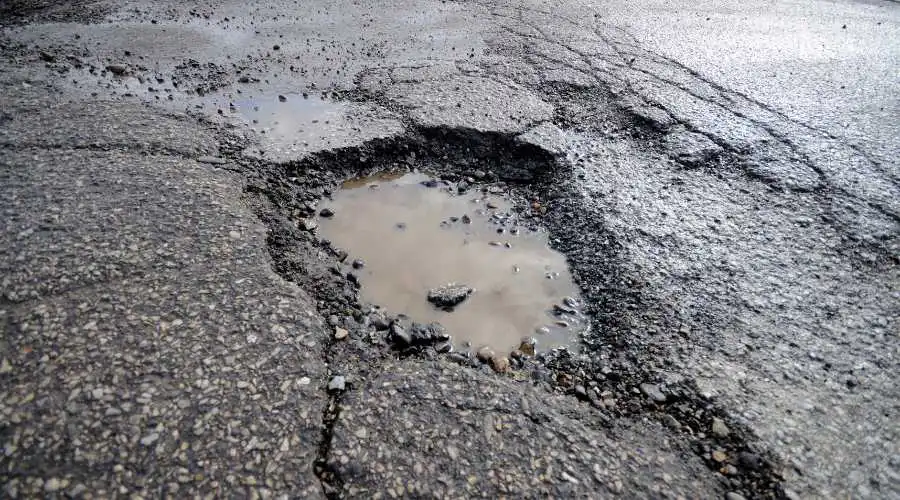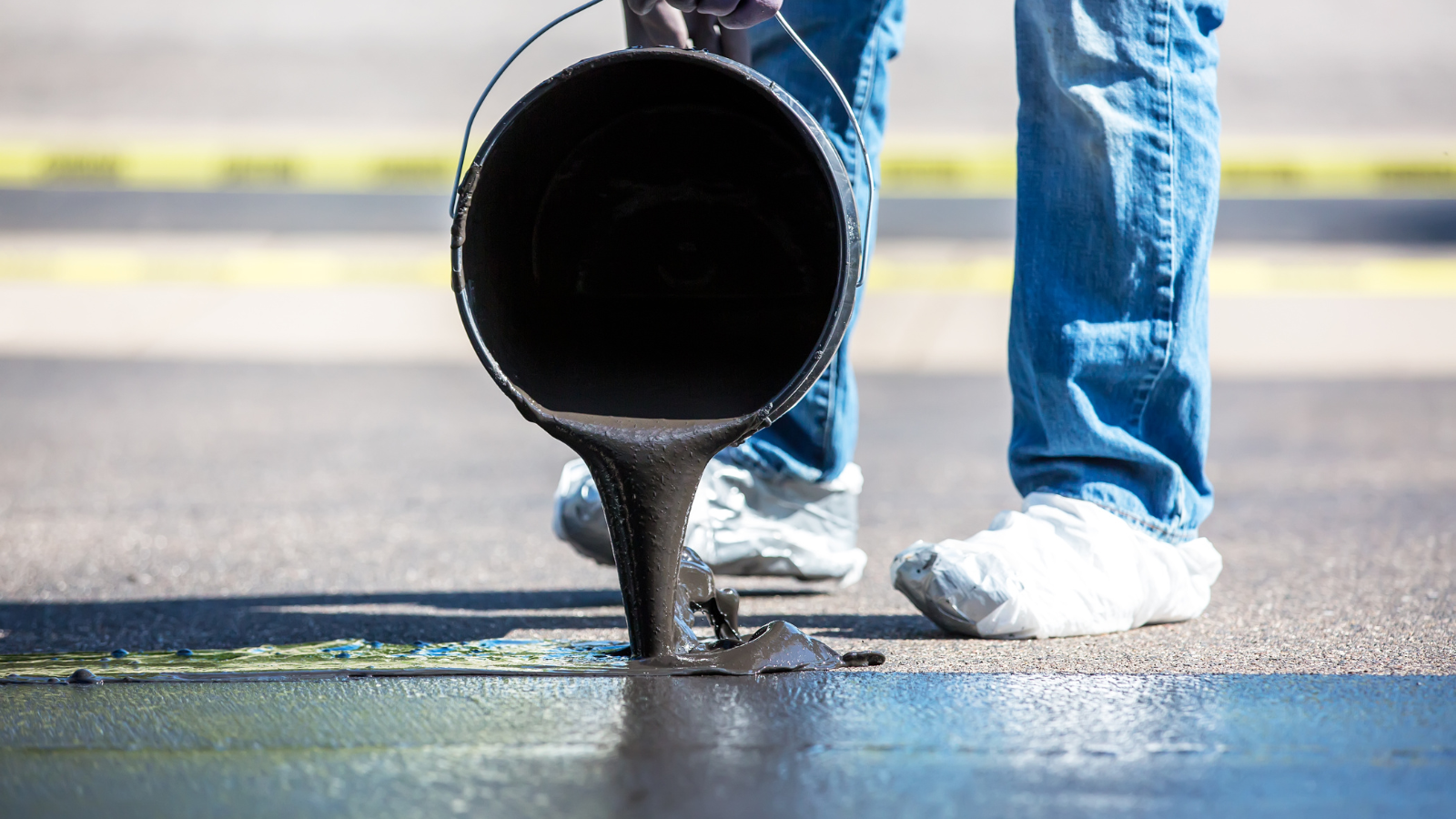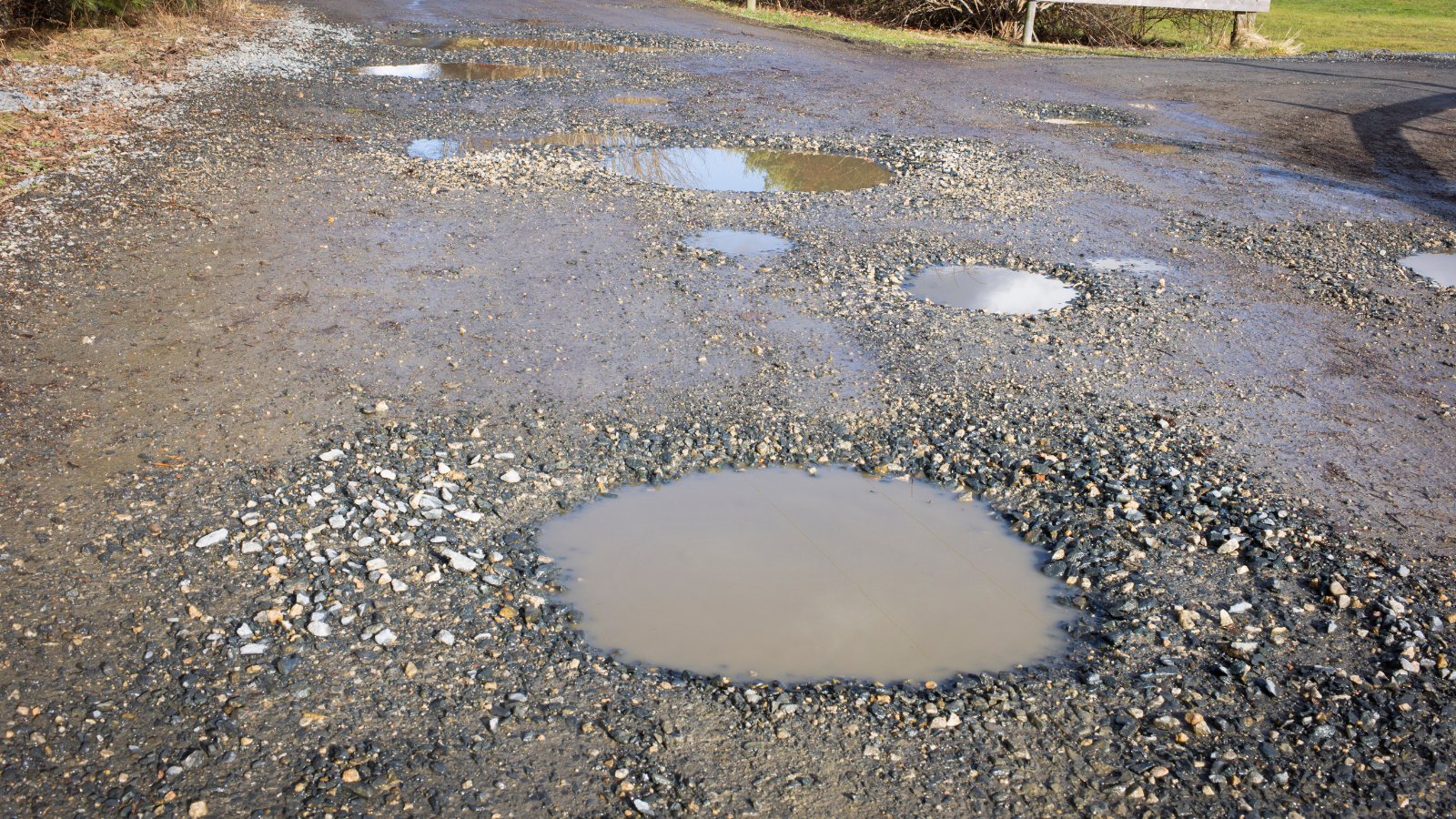Pavement repairs are essential for keeping your driveway looking pleasant and in good shape. The better your pavement is maintained, the longer it will last, and the higher the return on your investment. You’ll also enhance your vehicle’s appearance and simplify driving.
Because different materials need different maintenance procedures, let’s break it down by pavement type.
Fixing Up a Gravel Driveway
Gravel driveways are easy to construct but may be challenging to maintain. Ruts will form over time, and you may be tempted to pile more gravel on top. However, this is just a short-term remedy. So, what’s the honest answer?
Here are some pointers for maintaining your gravel driveway in excellent shape:
1. Compact and install like a pro.
When constructing a gravel driveway, providing a solid foundation for the gravel is essential. If you don’t, you’ll notice difficulties within a few months. To do it correctly from the start, dig down about 12 inches and remove any roots or plant material. Crush the soil using a plate compactor before adding the sub-base and sub-grade layers and putting in the gravel.
2. Use stabilizing fabrics.
Even with proper preparation, your driveway may deteriorate. Consider using a geotextile material before laying the subgrade layer in this case. This will provide a layer between the surface and the subgrade, reducing the possibility of potholes and ruts.
3. Try stabilizer panels.
Stabilizer panels operate as a barrier between the different levels of your driveway, assisting in the gravel retention. The panels have a honeycomb-like construction that traps gravel and absorbs vehicle stress, preventing ruts and potholes.
Mending a Cracked Asphalt Pavement
Asphalt is popular due to its long life and simplicity of maintenance, but it is essential to repair it with the proper materials. Remove any weeds and clean the cracks with a vigorous garden hose to start fixing cracks in your asphalt driveway. Apply weed killer to prevent further growth, then sand any gaps deeper than a quarter-inch. After compacting the sand, use a patching compound and let it dry. Finally, use a sealant and allow it to dry.
Reviving Your Brick Pavers
If you see any loose or cracked brick pavers, it’s time to go to work. Mark the pavers first to reinstall them correctly and with the correct bricks. Replace the sand after removing the bricks and cleaning up the trash. To maintain equal spacing, ensure the sand is level before aligning the pavers using a screwdriver or a similar even-sided object. Fill up the gaps with sand, then gently pound the bricks into position with a mallet to remove any excess sand.
Fixing Up a Concrete Driveway
Concrete driveways are durable but may develop cracks and other issues with time. Here’s how to make your concrete driveway seem better:
1. Clean and prep the area.
Clean the affected area with a brush or a leaf blower to clear dirt and debris. To remove, use a wire brush or a pressure washer Loose debris from deeper fractures.
2. Repair cracks and holes.
Use concrete repair caulk or concrete crack filler to fill up small gaps. Smooth the stuffing into the crack with your finger or a putty knife. For larger cracks or holes, a concrete repairing product is necessary. Apply the compound according to the package directions, then level it evenly using a trowel. Allow the repair to dry and cure as directed by the manufacturer.
3. Apply a concrete resurfacer.
If your concrete driveway looks worn, a concrete resurfacing may give it a fresh look. A thin cement-based overlay is put over the original concrete surface. Depending on the desired result, mix the resurfacer according to the guidelines and apply it using a squeegee, trowel, or brush. Allow it to dry and cure by the manufacturer’s instructions.
4. Seal the surface.
After finishing the repairs and resurfacing, use a concrete sealant to preserve the surface from potential damage. Select a suitable sealer for your environment and follow the application directions on the box.
Dealing With Tree Root Damage
Tree roots may cause cracking and upheavals in pavements. Here’s what to do if tree roots are to blame:
1. Assess the situation.
First, assess which tree is causing the issue and whether it is worth rescuing. If the tree is healthy and vital to landscaping, consider working around it. If not, the tree may need removal to avoid additional harm.
2. Cut offending roots.
If you keep the tree, the roots causing the problems must be removed. Avoid damaging the tree by removing too many sources. Consult an arborist if you need help with how to proceed.
3. Repair the pavement.
After dealing with the roots, you may restore the damaged pavement using the procedures described above for the particular material of your driveway or walkway.
There you have it! With these techniques in your back pocket, you’ll be well-prepared to handle almost any pavement repair problem. Best wishes, and happy mending!







